Cooking steak can be an art form, and doing it right makes all the difference. There’s nothing quite like a perfectly cooked steak with a beautiful sear on the outside and juicy tenderness on the inside. To help you master this steak cooking skill, I’ve put together a list of the golden rules you should never break. These tips will ensure your steak turns out amazing every time. Impress your taste buds and anyone lucky enough to join you for dinner!
Contents
- 1 Choose the Right Cut
- 2 Bring Steak to Room Temperature
- 3 Season Generously
- 4 Use a Hot Pan or Grill
- 5 Don’t Overcrowd the Pan
- 6 Flip Once
- 7 Use a Meat Thermometer
- 8 Baste with Butter
- 9 Let It Rest
- 10 Slice Against the Grain
- 11 More From RetailShout
- 12 28 Vintage Pie Recipes That Are Still Favorites Today
- 13 28 Irresistible Chocolate Recipes for Decadent Desserts
Choose the Right Cut
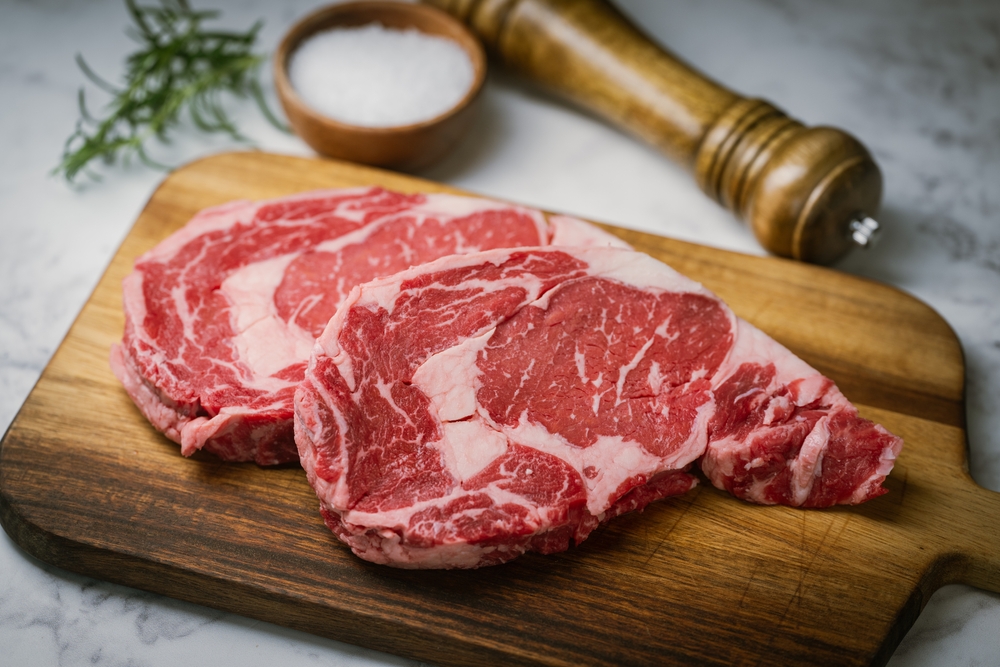
Selecting the appropriate cut of steak is crucial. Ribeye, T-bone, and filet mignon are popular choices due to their flavor and tenderness. Each cut has different marbling and fat content, affecting the steak’s taste and texture. For a juicy, flavorful steak, opt for cuts with more marbling. Ensure the steak is at least one inch thick for optimal cooking. Thicker cuts are less likely to overcook, providing a better dining experience.
Bring Steak to Room Temperature

Before cooking, let the steak sit at room temperature for about 30 minutes. This step ensures even cooking throughout the meat. Cooking a cold steak directly from the refrigerator can lead to an overcooked exterior and an undercooked interior. Room temperature steak sears more effectively, developing a better crust. It also helps the steak cook faster, retaining more moisture. Avoid skipping this step for a more consistent result.
Season Generously

Seasoning is essential to enhance the steak’s natural flavors. Use kosher salt and freshly ground black pepper, generously coating both sides. For added depth, consider using garlic powder, onion powder, or paprika. Let the seasoned steak rest for a few minutes to absorb the flavors. The salt draws out moisture, creating a flavorful crust when seared. Proper seasoning is a simple yet effective way to elevate your steak.
Use a Hot Pan or Grill

A hot cooking surface is critical for a perfect sear. Preheat your pan or grill until it’s smoking hot. A hot surface ensures a beautiful caramelized crust on the steak. If using a pan, a cast-iron skillet is ideal due to its heat retention properties. A hot grill, on the other hand, imparts a distinct smoky flavor. The high heat also helps lock in juices, making the steak more succulent.
Don’t Overcrowd the Pan

Avoid placing too many steaks in the pan at once. Overcrowding lowers the pan’s temperature, leading to steaming rather than searing. Searing is essential for developing flavor and texture. If you have multiple steaks, cook them in batches. Allowing space around each steak ensures even cooking and a proper crust. Patience in this step results in a superior steak.
Flip Once
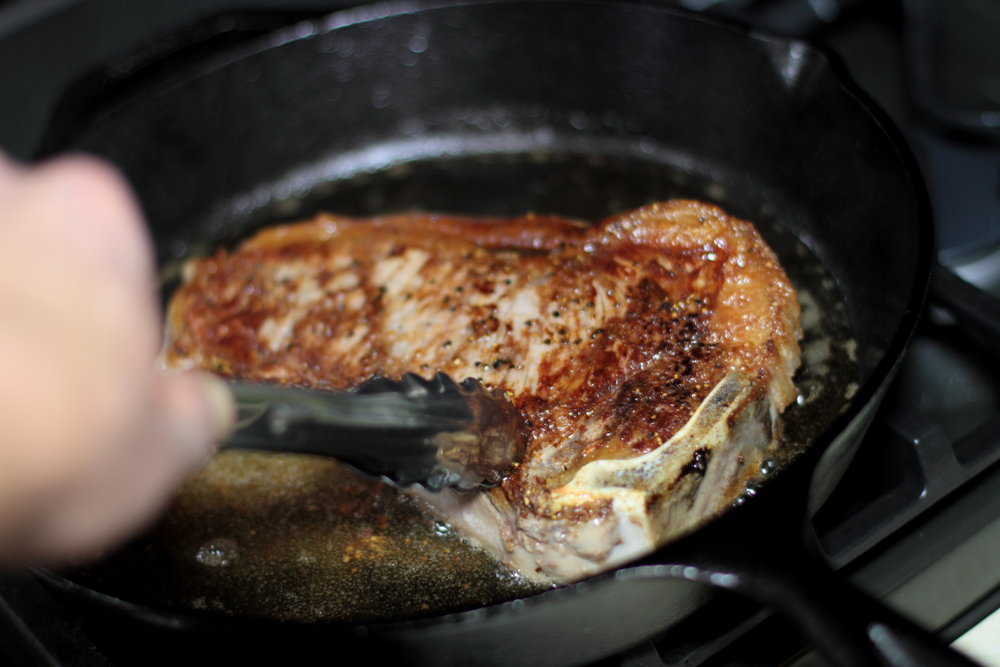
Flip the steak only once during cooking. Constant flipping prevents the formation of a proper crust. Allow the steak to cook undisturbed for several minutes on each side. Flipping once ensures even cooking and better flavor development. Use tongs to avoid piercing the steak and releasing juices. Achieving a perfect sear on both sides enhances the steak’s overall quality.
Use a Meat Thermometer
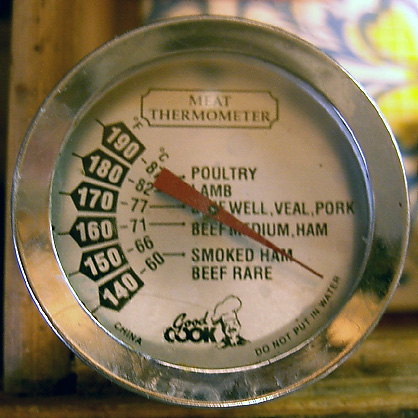
A meat thermometer is essential for perfect doneness. Insert the thermometer into the thickest part of the steak. For rare, aim for 120-125°F; medium-rare, 130-135°F; medium, 140-145°F. Avoid cutting into the steak to check doneness, as it releases juices. Accurate temperature reading ensures the steak is cooked to your preference. It also prevents overcooking, preserving the steak’s juiciness.
Baste with Butter
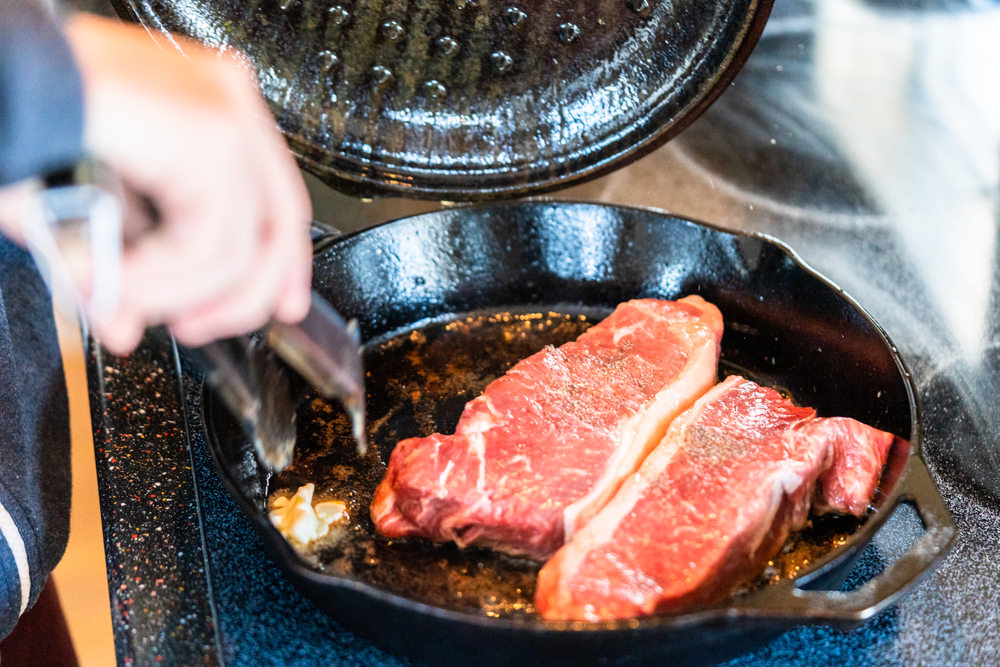
Basting the steak with butter adds richness and flavor. During the last few minutes of cooking, add a pat of butter, garlic, and herbs to the pan. Tilt the pan and spoon the melted butter over the steak. This technique, known as “arroser,” enhances the steak’s flavor profile. The butter seeps into the meat, creating a deliciously rich crust. Basting also helps maintain moisture, improving the steak’s texture.
Let It Rest
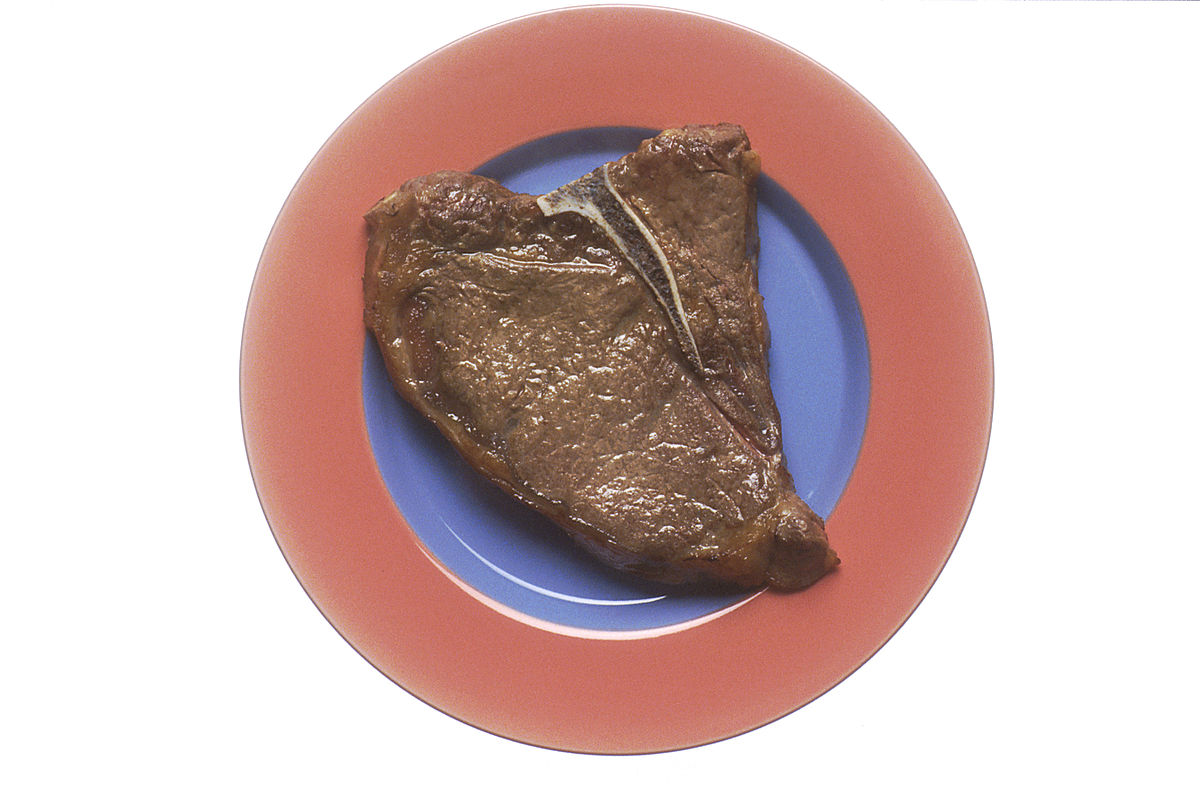
Resting the steak after cooking is crucial. Transfer the steak to a plate and cover it loosely with foil. Let it rest for at least 5-10 minutes. Resting allows the juices to redistribute throughout the meat. Cutting into the steak immediately after cooking causes the juices to run out. Rested steak is juicier and more flavorful. This simple step significantly improves the final result.
Slice Against the Grain
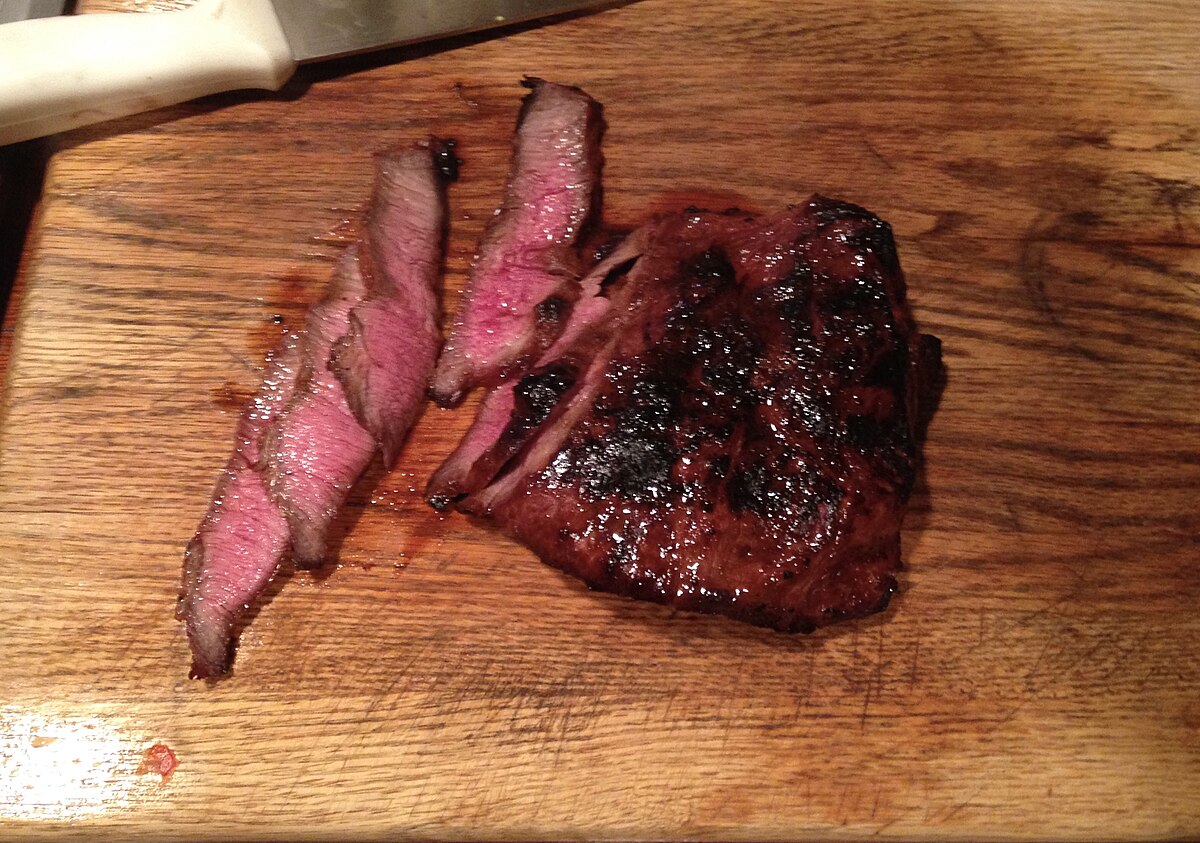
Slicing steak against the grain is essential for tenderness. The grain refers to the muscle fibers running through the meat. Cutting against the grain shortens these fibers, making the steak easier to chew. Use a sharp knife to make clean, precise cuts. Thinner slices are generally more tender and enjoyable. This final step ensures a pleasant eating experience, highlighting your perfectly cooked steak.
This article originally appeared on RetailShout
More From RetailShout
24 Foods That People Say They Hate Despite Never Trying Them

Liver is often avoided due to its strong, metallic taste and the fact that it is an organ meat. The texture of liver can also be off-putting, especially if it is overcooked. Despite this, liver is incredibly nutritious, offering high levels of iron, vitamin A, and other essential nutrients. Read More.
28 Vintage Pie Recipes That Are Still Favorites Today

If you’re a fan of classic desserts, you’ll love these vintage pie recipes we still make today. These timeless treats have been passed down through generations and continue to delight with their rich flavors and comforting textures. Read More.
28 Irresistible Chocolate Recipes for Decadent Desserts
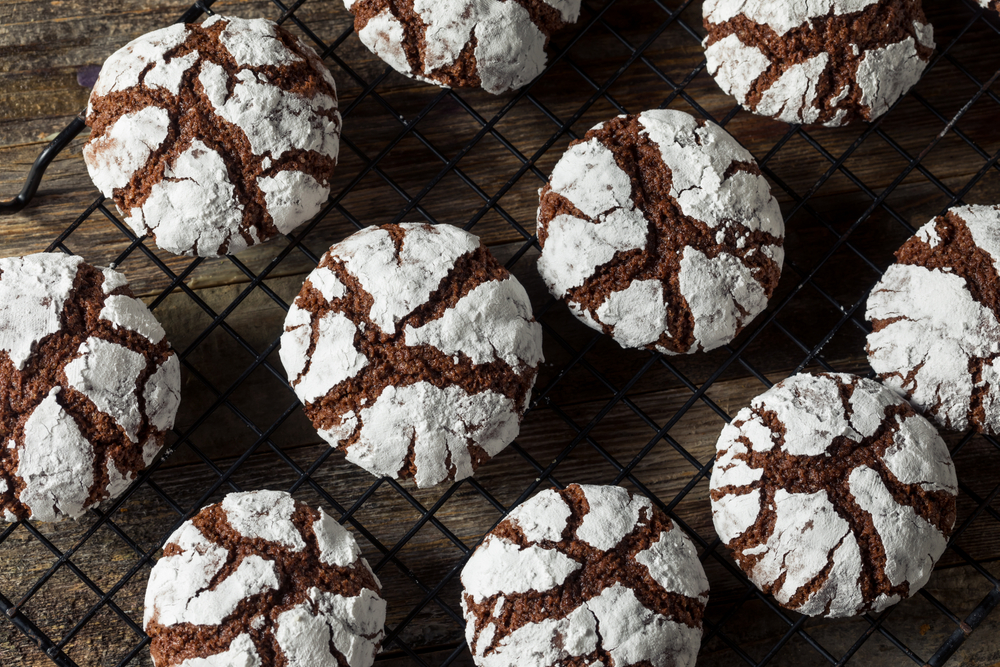
Nothing quite hits the spot like a decadent chocolate dessert. Whether you’re in the mood for a rich chocolate cake or a silky smooth mousse, there’s something incredibly satisfying about indulging in a chocolate treat. Read More.






